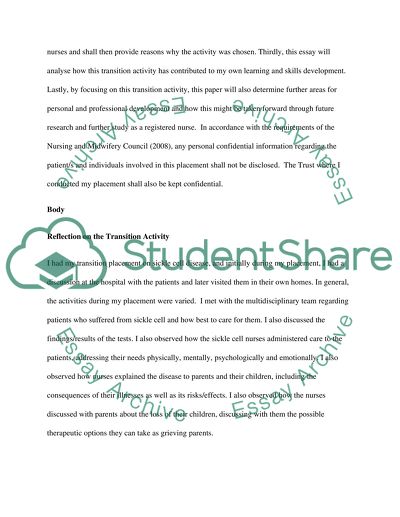Cite this document
(“Sickle Cell Transition Placement Essay Example | Topics and Well Written Essays - 2500 words”, n.d.)
Retrieved de https://studentshare.org/nursing/1401331-essay-reflection
Retrieved de https://studentshare.org/nursing/1401331-essay-reflection
(Sickle Cell Transition Placement Essay Example | Topics and Well Written Essays - 2500 Words)
https://studentshare.org/nursing/1401331-essay-reflection.
https://studentshare.org/nursing/1401331-essay-reflection.
“Sickle Cell Transition Placement Essay Example | Topics and Well Written Essays - 2500 Words”, n.d. https://studentshare.org/nursing/1401331-essay-reflection.


